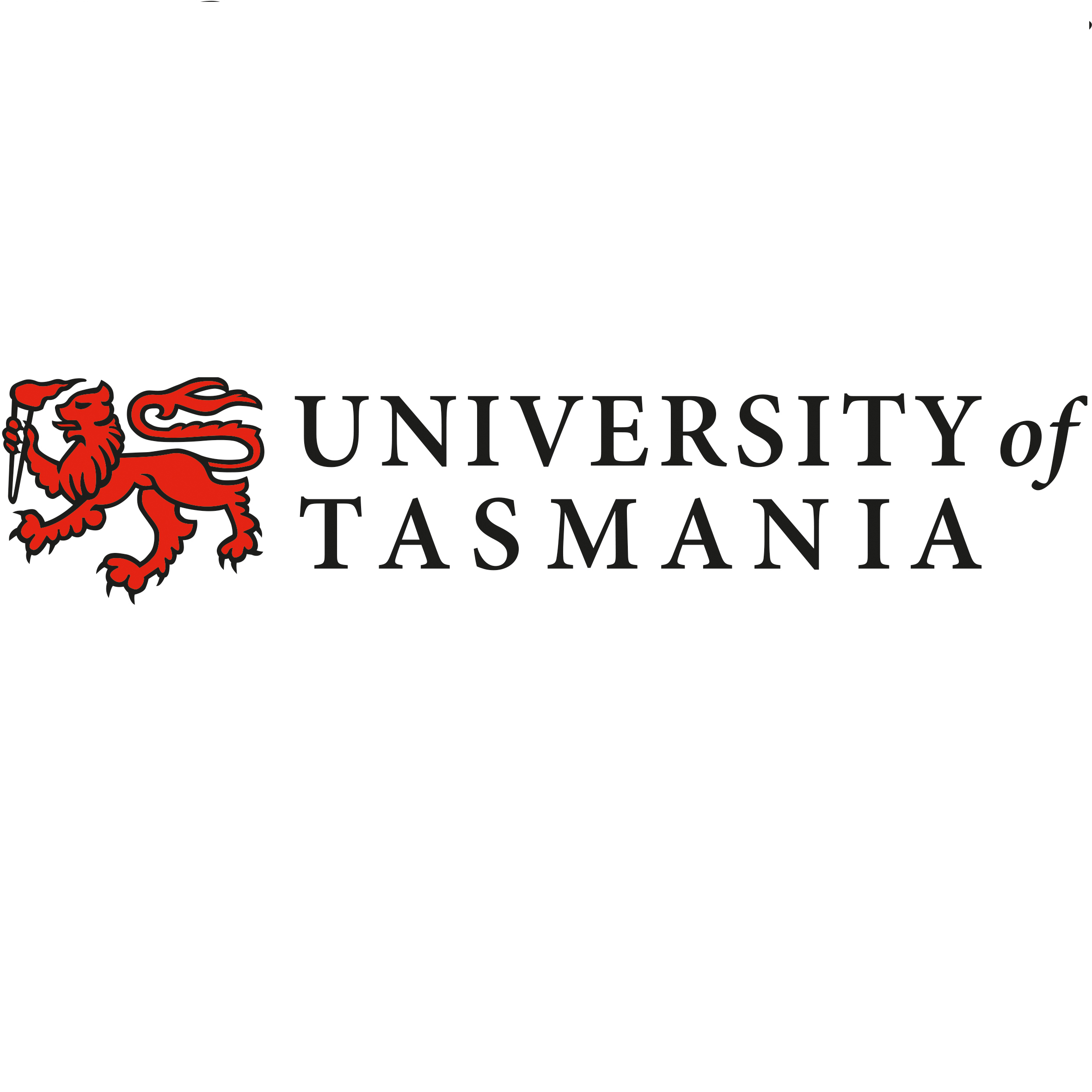Brief description
The National Outfall Database (NOD) project addresses the need of government and community to understand the impacts on health and the ocean environment that occur from sewerage outfalls around Australia. This dataset is part of the assessment and mapping of the marine impacts of wastewater disposal to ocean and estuarine waters in Australia. The data collected in this study is intended to be used to assist decision makers to understand risk and prioritise investment, to help the public understand water and wastewater management and make decisions when choosing recreation locations, and private operators seeking to re-use wastewater or products found within wastewater. Each outfall is divided into three levels of data; one (1) being basic information such as location, treatment, governance and size; two (2) being more detailed information taken from publicly available annual environmental monitoring reports, licence and other information; and three (3) containing highly detailed information such as daily performance data and receiving waters ecosystem assessments and studies to enable researchers and others to undertake comparative studies. The data custodian will make a data report and methodology available to provide a full explanation of this database. The National Outfall Database is an online resource available here: https://www.outfalls.info/ The database currently tracks 48 indicators across 192 monitoring sites. The data is also available for download in CSV format in the "online resources" section of this record, and will continue to be updated as new data becomes available (data currently available to 30/06/2022 - last checked 19/01/2024.Lineage
Maintenance and Update Frequency: irregularNotes
CreditNational Environmental Science Program (NESP) Marine Biodiversity Hub
Modified: 30 06 2022
Data time period: 2016-01-01
text: westlimit=112.546875; southlimit=-44.8106495489; eastlimit=155.4375; northlimit=-9.87896205428
User Contributed Tags
Login to tag this record with meaningful keywords to make it easier to discover
(DATA ACCESS V1.1 - SAMPLES - most current version available from NOD website [CSV direct download])
uri :
http://nod.outfalls.info/query/csv/samples_table/![]()
(DATA ACCESS V1.2 - INDICATORS - most current version available from NOD website [CSV direct download])
uri :
http://nod.outfalls.info/query/csv/indicators_table/![]()
(DATA ACCESS V1.3 - LOCATIONS - most current version available from NOD website [CSV direct download])
uri :
http://nod.outfalls.info/query/csv/locations_table/![]()
(National Outfall Database website)
uri :
https://www.outfalls.info/![]()
(NESP Marine Biodiversity Hub Project C4 website)
uri :
http://www.nespmarine.edu.au/project/project-c4-national-outfall-database![]()
(NESP Project C4 [ANDS RDA record])
purl :
http://purl.org/au-research/grants/nesp/mb/c4![]()
global : fa9f43ef-5327-4fb7-bf13-ec4454468ff3
- global : 21448123-0170-4aff-9b56-2b6aa21c73ed


